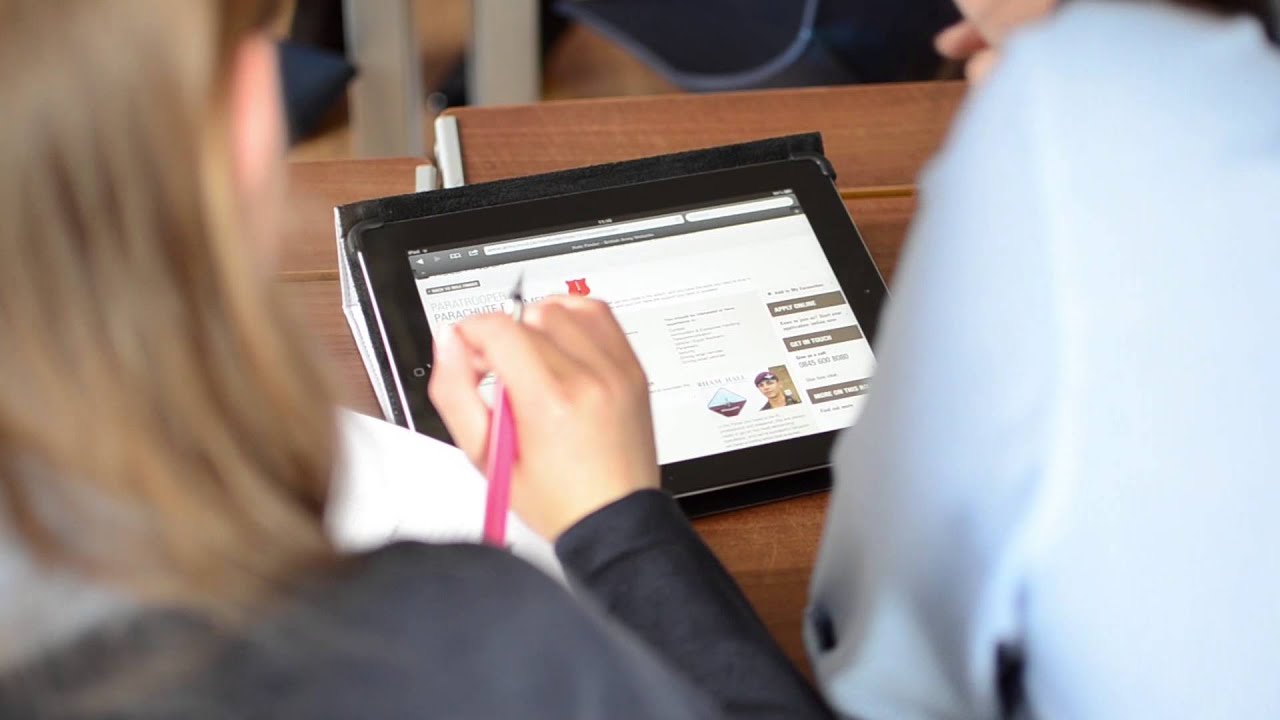By Andy | April 28, 2020 | 0 Comment

Schools are now around 3 weeks into school closures and different attempts at implementing remote learning strategies. Whilst it’s very much still early days, I think it is reasonable for us to begin to reflect on what we might learn from the experience.
I’m privileged to be leading a school which had a well established setup based around the use of GoogleApps within a 1:1 iPad setup. This has certainly made the transition much simpler for us as both teachers and students were already relatively confident users of the technology.
As I indicated in my previous blog post, it is clear that a remote school isn’t the same as a physical school, and there are many areas where the remote experience can’t live up to the face to face experience. But this isn’t true of all areas of school life; even at these early stages there are already aspects which we will want to consider adapting once we are back in school.
Use of technologies such as Google Meet to discuss with colleagues is so much better than a conference call. We are a spread out Foundation covering around 10 buildings across Cambridge and over into Saffron Walden. We often need to have meetings where we can’t all physically be in the same room. Video conferencing has meant everyone feels more part of the meeting and is certainly something we’ll be continuing with after we return in some form or other.
As a school with a small, but significant boarding community, I can also see this extending to enable overseas parents to feel part of events they might not otherwise be able to attend. I’m not sure the logistics of extending this to things like parents’ evenings etc are quite there yet, as that would be a lot of links and meetings to setup, but it’s only a matter of time until someone finds a way to make this practical!
I can also see these technologies being useful for bringing people ‘virtually’ into the school without all the need for travel, and the nightmare that is parking in Cambridge! We have a weekly speaker on a Friday morning who talks to the Year 10s and 11s about their career and, whilst it is lovely to have them visit in person, we could certainly open this up to virtual speakers in the future! In reverse we support the teaching of a number of subjects in local state schools, and video conferencing might make it easier for us to do this in other areas without the loss of time due to travel; or having students from other settings join some of our lessons or activities at a distance!
The loss of the traditional whiteboard (or even blackboard) have forced many of us to experiment with digital whiteboard alternatives – although to be fair many have tried this with IWBs on and off throughout my teaching career with varying levels of success.
However the benefits of being able to share notes with students who’ve missed a lesson for whatever reason, being able to pickup where you left off last time, and quickly insert images whilst using a range of colours that would never be visible on a traditional whiteboard has a lot to say for it. Some of my colleagues were ahead of the curve on this one and already regularly taught using Notability as their whiteboard, streaming their iPads to the AppleTV and TV screens in their classrooms. This has the added benefit of not having your back to the class whilst writing so you can see the look in their eye which tells you where to pitch what you are saying.
Some colleagues are also experimenting with collaborative whiteboards like Google’s JamBoard. This comes into its own when you are trying to support a student with a particular problem. I’m a mathematician by background, and the ability to get a student to write their solution on JamBoard and share it with me so I can directly annotate where the issues are is so much quicker then the oft used process of exchanging photographs of work by email! I can see myself using this when responding to those revision queries which crop up during the holidays, and it will save us both time!
Group work of various descriptions has been a standard part of education since before I was in school. Replicating this at a distance is harder, but the technology has come on so far in recent years. Watching my younger daughter working on a collaborative presentation with two friends in google slides, whilst chatting about the content with them in a Google Meet, has been amazing to watch!
Encouraging students to work with others outside of lessons has always been complicated in practice to achieve (unless you are working in a boarding school!) and often resulted in one person doing most of the work and everyone feeling dissatisfied with the process! If students all have the right equipment (which I appreciate is a big if in some schools) then those boundaries of the classroom door no longer need to be where group work ends.
Some find the prospect of EdTech threatening as they believe the intent is for it to replace the teacher. I come at from another point of view… Technology, where it works best, allows the teacher to do what they do even better! Technology is about empowering the teacher to connect with the student, and for students to connect with each other.
The current #COVID19 crisis has shown us that we can run schools (imperfectly) at a distance because the technology allows us to continue to connect; and building connections is what education is all about in every sense!